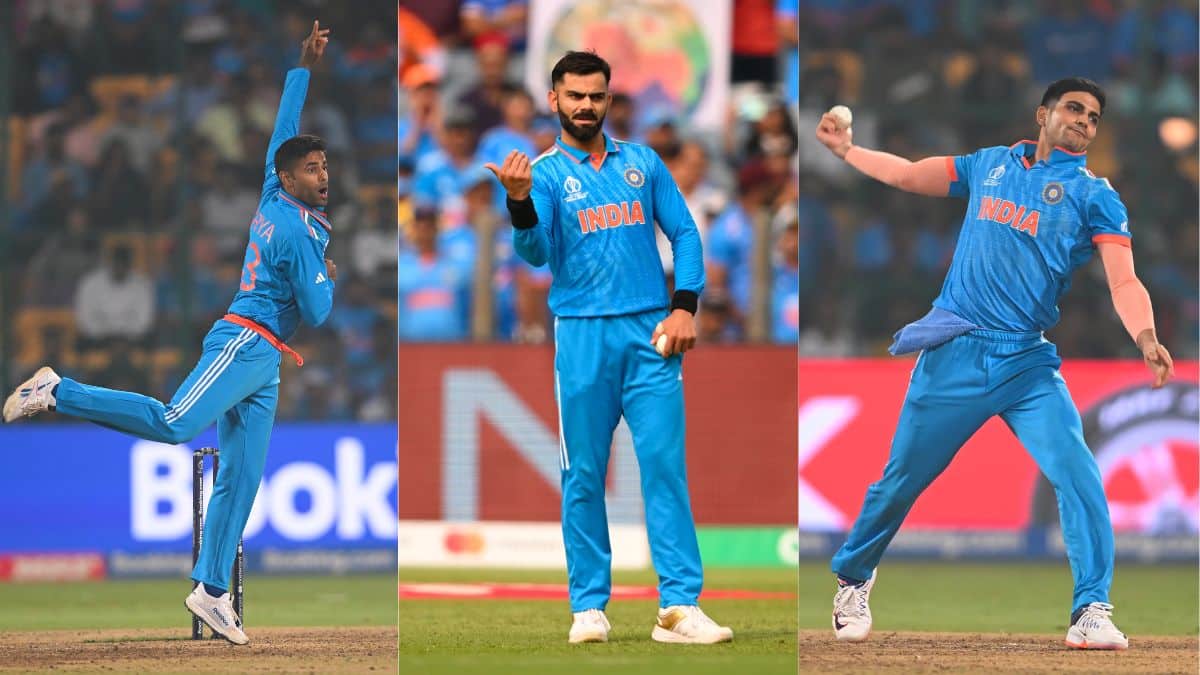In an unprecedented move in their World Cup history, India employed nine bowling options during their inconsequential league game against Netherlands on Sunday at the M Chinnaswamy Stadium in Bengaluru. Seizing the opportunity to experiment, India tested part-time bowlers, including Virat Kohli and captain Rohit Sharma. The skipper later revealed that this strategic move was part of their pre-match plan to assess their options for a sixth bowler, gearing up for the semifinal against New Zealand in Mumbai on November 15.
Hardik Pandya’s injury had initially disrupted India’s balance, leaving a void in the fast-bowling all-rounder position. With Suryakumar Yadav brought in as a specialist batting option at No. 6 and Mohammed Shami replacing Shardul Thakur as a specialist pace option, India continued their dominating run in the tournament, dispelling concerns about the lack of a sixth-bowling option.
In the game against Netherlands, India delved into their lesser-used bowlers to gauge their depth. Virat Kohli, known for his “wrong-footed inswinging menace,” bowled a full over in an ODI match for the first time in six years, claiming a wicket in his three-over spell. Shubman Gill and Suryakumar Yadav also showcased their bowling capabilities in the experiment.
Post the substantial win, Captain Rohit Sharma confirmed the deliberate nature of their strategy, emphasizing the importance of trying different approaches. As India now enjoys a two-day rest before the crucial semifinal against New Zealand in Mumbai on Wednesday, the experiment has provided valuable insights into their bowling options for the upcoming high-stakes match.


